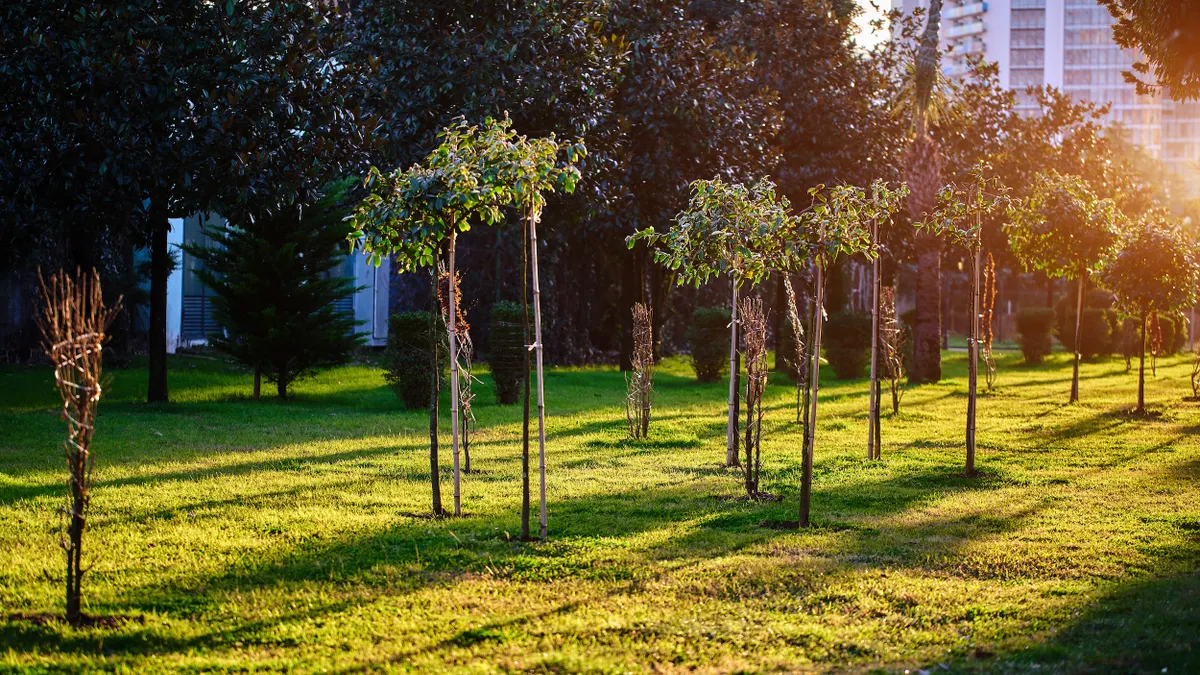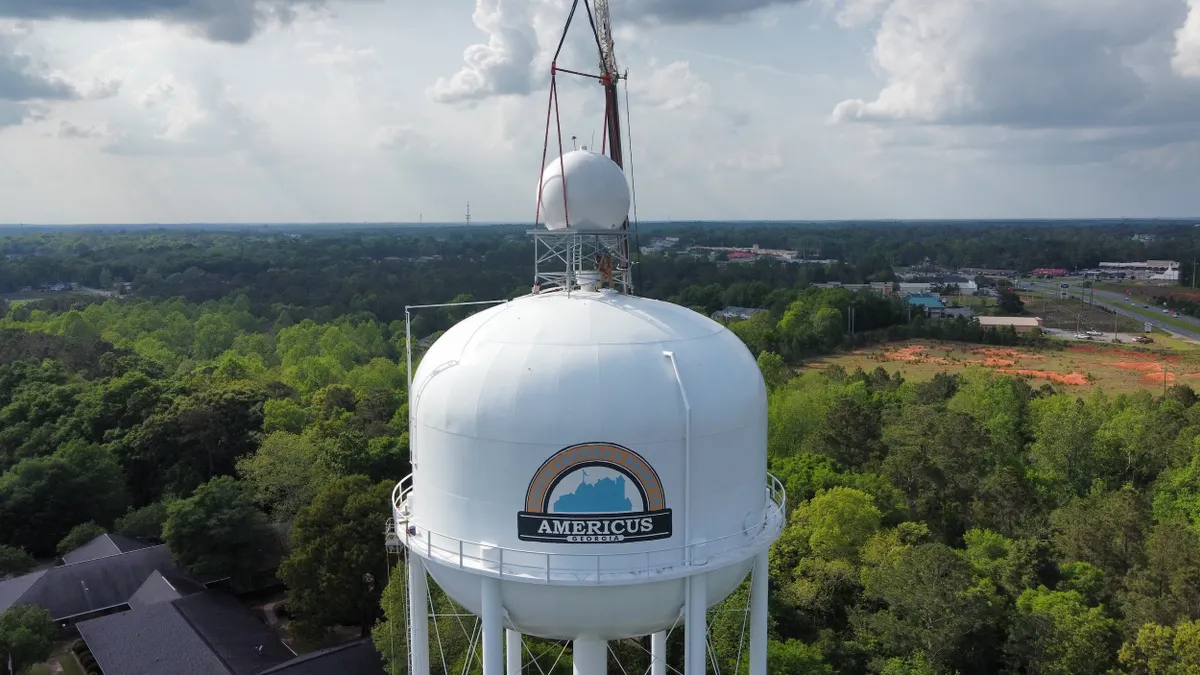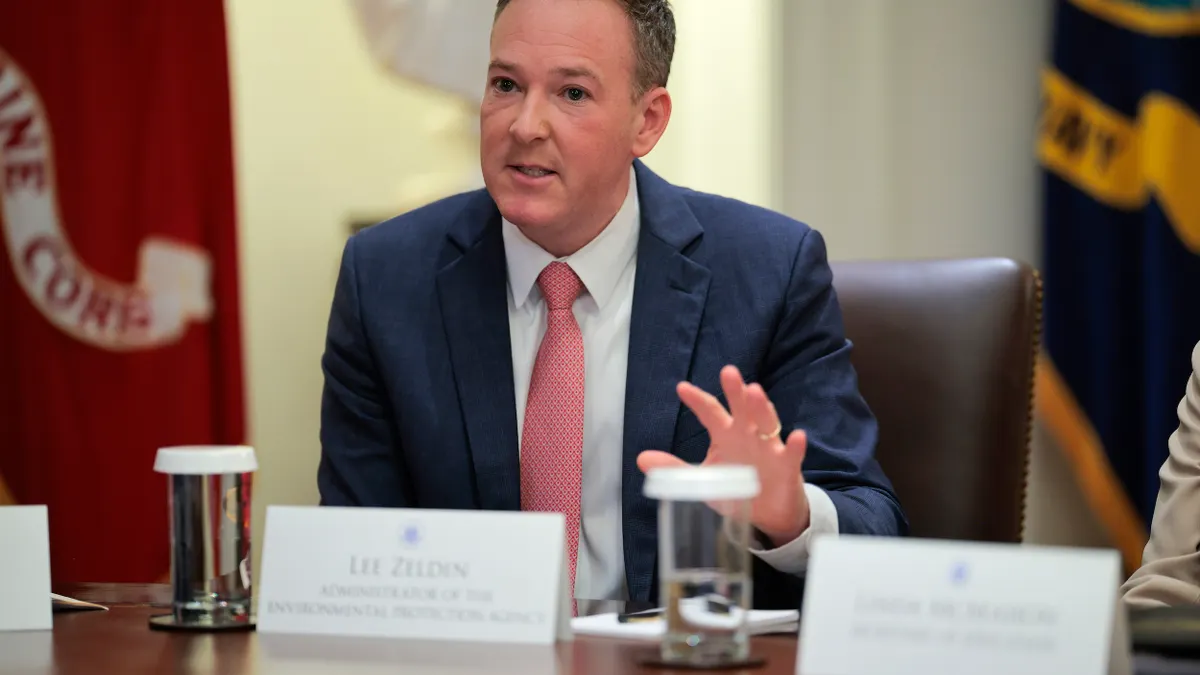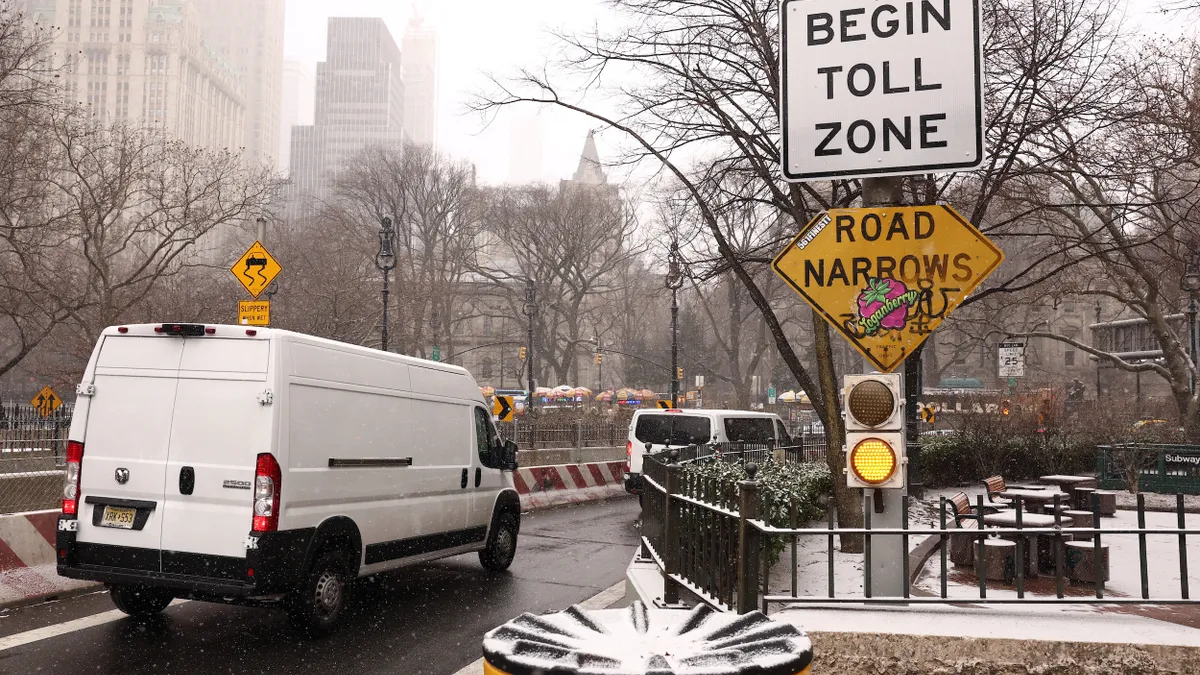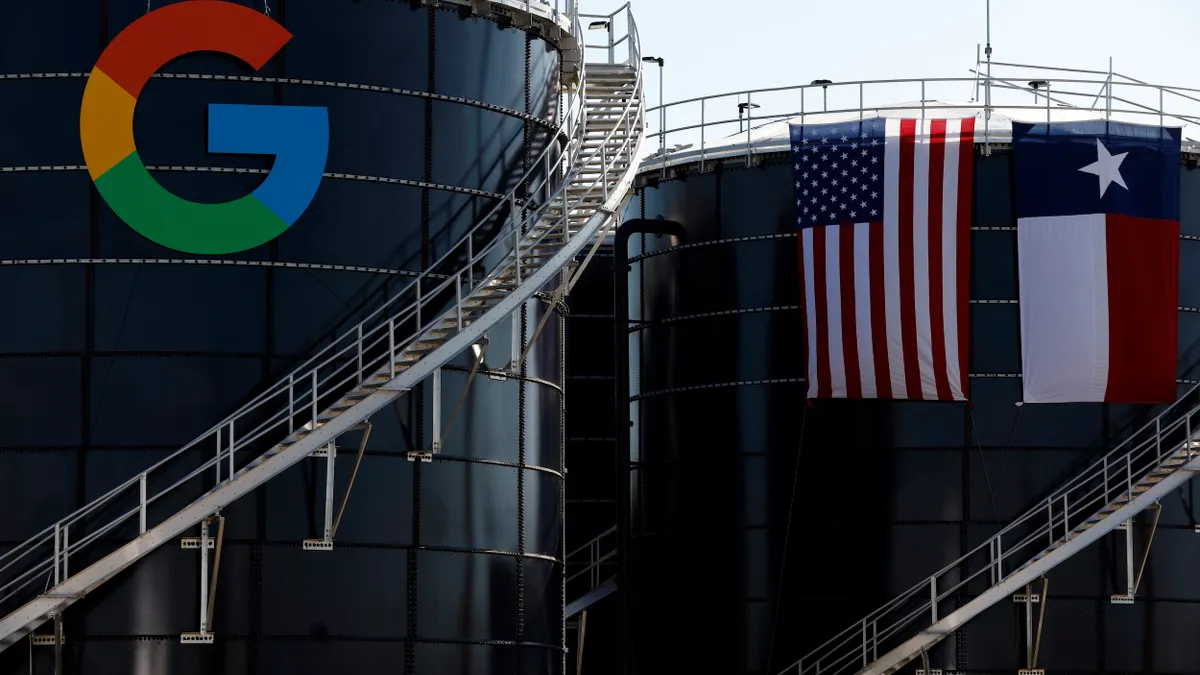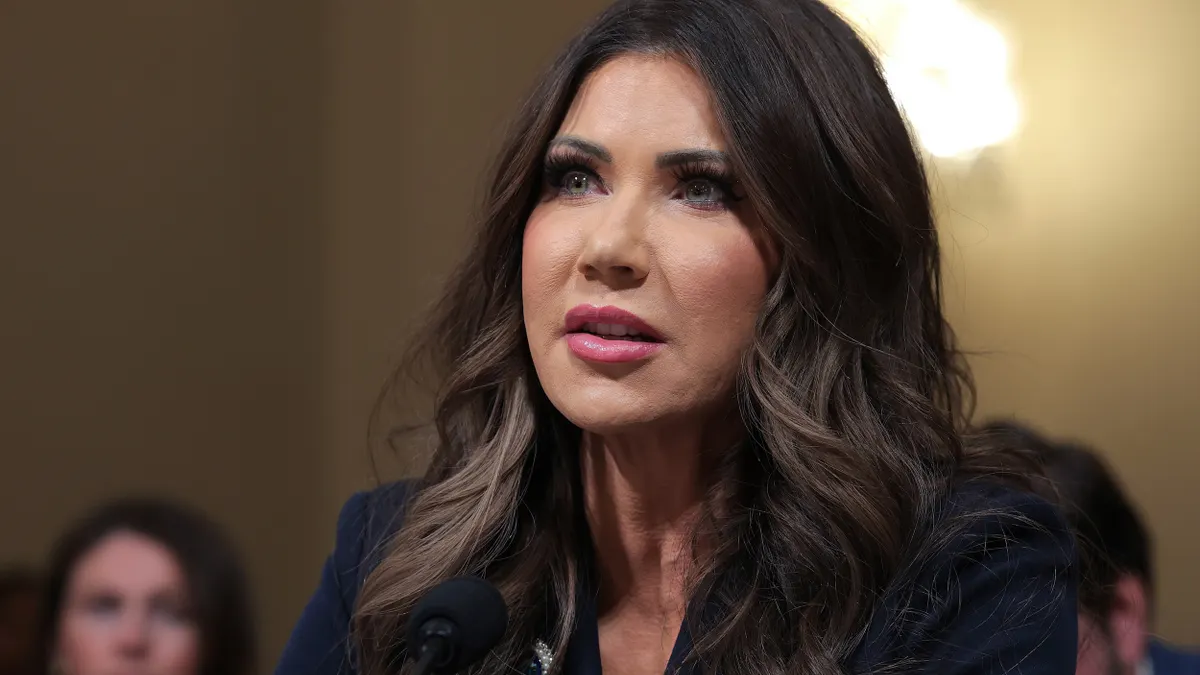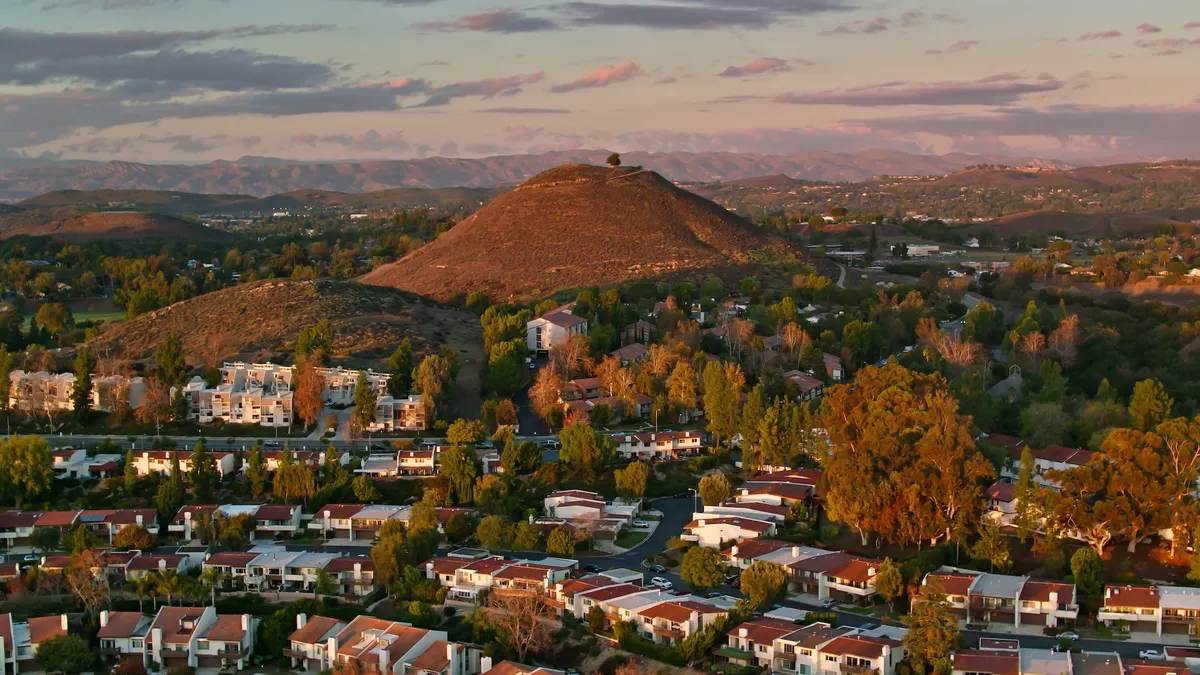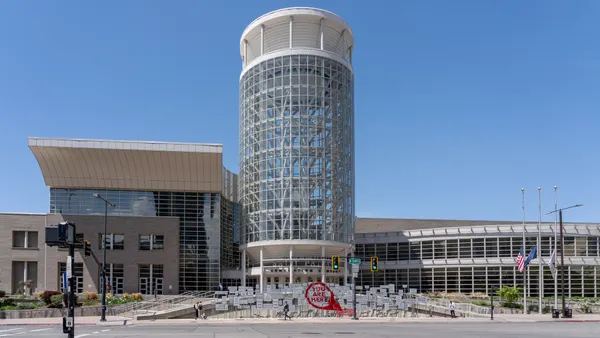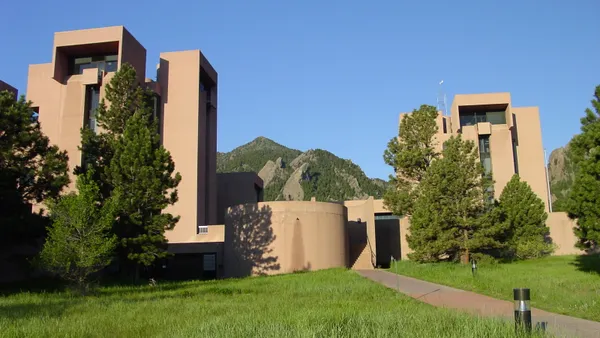Urban tree-planting initiatives have spent years convincing residents that planting trees leads to cleaner air and cooler streets. Now these programs are scrambling to adapt as federal funds are slashed. Leaders warn the cuts could impact how many trees get planted as well as existing canopies’ long-term health.
In February, the U.S. Forest Service informed recipients that it had canceled $75 million in federal tree-planting grants that the Arbor Day Foundation had administered. Funded by the 2022 Inflation Reduction Act, the grants focused on planting trees in disadvantaged communities. That made them a target of the Trump administration’s efforts to eliminate diversity, equity and inclusion programs.
One grant recipient, Serve Ethiopians Washington, reported it has already been reimbursed for some of the roughly $365,000 it had been allocated to plant 230 trees in the Seattle area and distribute another 50 to residents. It had earmarked the rest of the funds for another 750 more tree distributions and for training neighborhood leaders to educate others about long-term tree maintenance, said Nagessa Dube, the nonprofit’s programs director.
Other tree-planting funds from the U.S. Department of Agriculture have also been canceled, leaving some organizations stripped of multiple funds. The nonprofit Speak for the Trees, Boston lost $550,000 in Arbor Day Foundation-administered grants, meaning it can no longer hire 10 Bostonians to plant and care for trees in their neighborhoods. In early April, the organization also heard that its three-year, $250,000 urban forestry fellowship grant from the United States Forest Service was canceled, too, said David Meshoulam, the nonprofit’s founder.
Jana Davis, president of the Chesapeake Bay Trust, a Maryland-based nonprofit that makes environmental program grants to other organizations, said cuts to the Environmental Protection Agency’s Government-to-Government program, which helps inexperienced nonprofits and municipalities apply for and manage federal grants, will also hurt tree-planting programs. The trust was helping three recipients learn how to guide other community groups through tree-planting grant applications, work that stopped short when funding was canceled a month ago, Davis said. Because many grants operate on reimbursements from their federal sources, the recent uncertainty has pushed Davis to ask the trust’s financial department to invoice some fund providers on a weekly instead of quarterly basis. “We're so nervous now about the unknown and not knowing whether we have access to the money,” Davis said. “It’s very inefficient.”
The role of public funding
Tree-planting initiatives — organizations outside of local forestry departments that have a mix of government and donor backing — typically spend about two-thirds of their budgets on tree buying and planting. Less than 15% of funds go to tree care, according to a recent survey of over 40 programs. And no matter whether nonprofits or governments do the planting, about 30% of trees planted in cities die within five years.
For more trees to survive, some experts suggest tree-planting programs should spend as much on care and long-term monitoring as they do on planting. Donors, however, generally shy away from the “not sexy” task of supporting tree health, Meshoulam said. “The way the nonprofit system works is, people like to see numbers — how many trees were planted.”
Maintenance is particularly important for programs aimed at more equitably spreading greenery across a city. Formerly redlined neighborhoods, 60% of which are still mostly communities of color, have about half as much tree canopy as other residential areas. Researchers have found that tree-planting programs struggle to make progress in underserved areas, in part because of resident concerns — including concerns about how the trees will be maintained. If the neighborhood historically has been neglected by city forestry services, residents might assume they will have to rake leaves, trim branches and clean up fallen limbs. Organizations that ignore local concerns and fail to follow through on tree care might find communities less open to more trees in the future, the researchers suggest.
New tactics
As federal support for urban tree canopy grants vanishes, state and local funding could take on a larger role. A Massachusetts bill to fund a municipal reforestation program, for example, would expand an initiative that’s been funding tree planting in 23 cities that have lower canopy coverage, older housing stock and large renter populations, Meshoulam said.
Nonprofits could also collaborate to minimize expenses and reach a wider audience. Dube and his team at Serve Ethiopians Washington are working with the Green Seattle Partnership, which lends nonprofits planting and tree maintenance tools, offers training sessions on how to evaluate tree-planting opportunities and maintains a website that connects volunteers with communal planting opportunities across the city.
Investing in research could also make maintenance more cost-effective. The Chesapeake Bay Trust requires tree-planting grant recipients to set aside money for two years of tree care; Davis and her colleagues were planning a study to determine the optimal amount of maintenance investment during the third through fifth years after planting for the best returns. Funding for the study is included in the upcoming Maryland state budget, Davis said.
Organizations could also advocate for changes to rules about where trees can be planted. Existing rules that make sure chosen sites don’t result in tree growth that interferes with power lines or sidewalks can head off communities souring on additional greenery. But siting restrictions can also be an impediment: A recent assessment of Los Angeles’ tree-planting rules found that the city’s spacing standards — how far a tree has to be from streetlights, alley entrances and other infrastructure — often aren’t based on tree health or safety evidence and are more restrictive than siting standards elsewhere in California, said Laura Messier, an architect and urbanism researcher at the University of Southern California and an author of the research.
Messier and her colleagues found that Studio City, a mostly White and wealthy neighborhood, could legally receive 15% more trees per mile of sidewalk than Boyle Heights, a low-income, majority Latino neighborhood where smaller lot sizes make infrastructure like driveways more dense and streets and sidewalks are configured for denser development. “Lower-income neighborhoods, potentially closer to the urban core, were developed at a time when not everything was developed thinking about the car,” Messier said. Tree-planting rules that restrict planting within a certain distance of such infrastructure could result in these neighborhoods having fewer trees.
Adopting looser standards, such as those from other municipalities in the state, could boost tree coverage in both Los Angeles neighborhoods, but particularly in Boyle Heights, Messier and her team found. Even if trees could not be planted in every new spot that opened up, existing site choices could be more strategic. For example, modified rules could result in more trees planted near bus stops or intersections, where people need shade, Messier said.
Davis said the Chesapeake Bay Trust is willing to adapt its programming to make planting grants palatable to federal funding sources. “Tell us what your priorities are, and we will pick out the pieces of the programs that match those priorities and continue to move those forward.”
After all, Dube said, tree planting was never just about serving underserved communities. “The oxygen made by the trees is for everybody. It’s not for any specific group.”


